As our first apartment in Paris was near the Île Saint-Louis, we naturally headed over to this most stunning (and visited) acreage on the planet to see the post-card stands, flower shops and, of course, Quasimodo and Esmeralda.
Not much to say except the Cathedral Notre Dame de Paris is still as stunning and architecturally interesting outside as we remembered, but this time we decided to go inside (not sure why we skipped last time?). The kids complained about another church tour, and Suzanne said, "Fine, we're going in with or without you". They decided to sit this one out on a bench in the plaza...or not.
Suzanne takes the snap and drops back in the pocket, waits for her receivers to get down field and then heaves it with every parenting muscle she's got - her long throw down field works as they panicked when we got to the door and came racing to join us to go inside.
Touchdown.
Did they enjoy it and get something out of it? I am not sure as they raced through while I lingered and took photos. Suzanne waited for me though! :) It was crowded, but still felt special and intimate. The space behind the alter is especially amazing as are the historical displays. Beautiful cathedral, amazing statues and inspiring paintings. They were the heavenly extra point.
- Mike
P.S. In 2010 it was discovered by a British historian that the cathedral had at one time a disfigured/hunchedback stone carver who may have been known to the author Victor Hugo and been his inspiration for the character of the famous French novel. From Wikipedia:
In August 2010 Adrian Glew, a Tate archivist, announced evidence for a real-life Quasimodo, a "humpbacked [stone] carver" who worked at Notre Dame during the 1820s.[2] The evidence is contained in the memoirs of Henry Sibson, a 19th-century British sculptor who worked at Notre Dame at around the same time Hugo wrote the novel.[2] Sibson describes a humpbacked stonemason working there: "He was the carver under the Government sculptor whose name I forget as I had no interaction with him, all that I know is that he was humpbacked and he did not like to mix with carvers."[2] Because Victor Hugo had close links with the restoration of the cathedral it is likely he was aware of the unnamed "humpbacked carver" nicknamed "Le Bossu" (French for "The Hunchback"), who oversaw "Monsieur Trajin".[2] Adrian Glew also uncovered that both the hunchback and Hugo were living in the same town of Saint Germain-des-Pres in 1833, and in early drafts of Les Misérables, Hugo named the main character "Jean Trajin" (the same name as the unnamed hunchback carver's employee), but later changed it to "Jean Valjean".[2]
Not much to say except the Cathedral Notre Dame de Paris is still as stunning and architecturally interesting outside as we remembered, but this time we decided to go inside (not sure why we skipped last time?). The kids complained about another church tour, and Suzanne said, "Fine, we're going in with or without you". They decided to sit this one out on a bench in the plaza...or not.
Suzanne takes the snap and drops back in the pocket, waits for her receivers to get down field and then heaves it with every parenting muscle she's got - her long throw down field works as they panicked when we got to the door and came racing to join us to go inside.
Touchdown.
Did they enjoy it and get something out of it? I am not sure as they raced through while I lingered and took photos. Suzanne waited for me though! :) It was crowded, but still felt special and intimate. The space behind the alter is especially amazing as are the historical displays. Beautiful cathedral, amazing statues and inspiring paintings. They were the heavenly extra point.
- Mike
P.S. In 2010 it was discovered by a British historian that the cathedral had at one time a disfigured/hunchedback stone carver who may have been known to the author Victor Hugo and been his inspiration for the character of the famous French novel. From Wikipedia:
In August 2010 Adrian Glew, a Tate archivist, announced evidence for a real-life Quasimodo, a "humpbacked [stone] carver" who worked at Notre Dame during the 1820s.[2] The evidence is contained in the memoirs of Henry Sibson, a 19th-century British sculptor who worked at Notre Dame at around the same time Hugo wrote the novel.[2] Sibson describes a humpbacked stonemason working there: "He was the carver under the Government sculptor whose name I forget as I had no interaction with him, all that I know is that he was humpbacked and he did not like to mix with carvers."[2] Because Victor Hugo had close links with the restoration of the cathedral it is likely he was aware of the unnamed "humpbacked carver" nicknamed "Le Bossu" (French for "The Hunchback"), who oversaw "Monsieur Trajin".[2] Adrian Glew also uncovered that both the hunchback and Hugo were living in the same town of Saint Germain-des-Pres in 1833, and in early drafts of Les Misérables, Hugo named the main character "Jean Trajin" (the same name as the unnamed hunchback carver's employee), but later changed it to "Jean Valjean".[2]
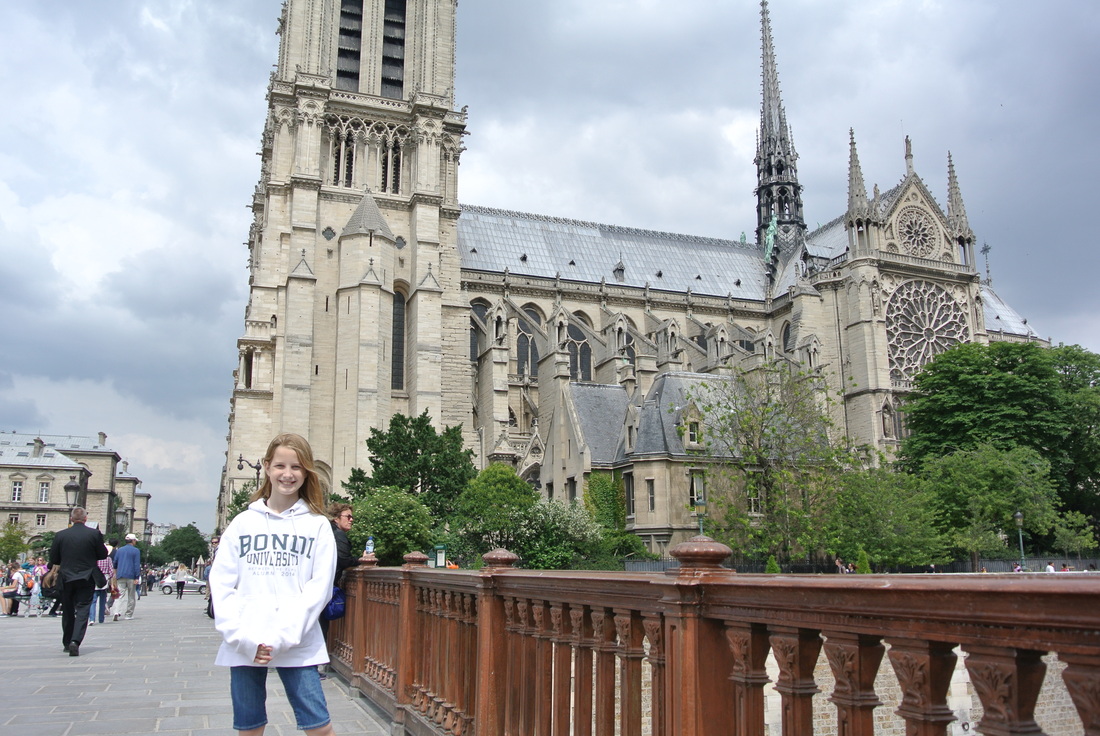
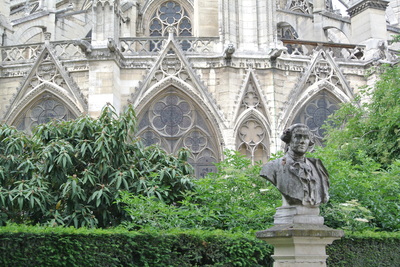


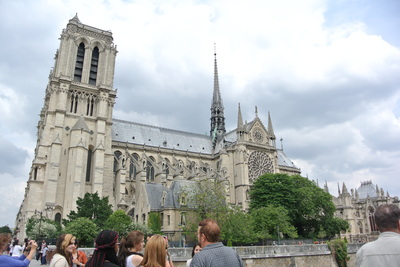
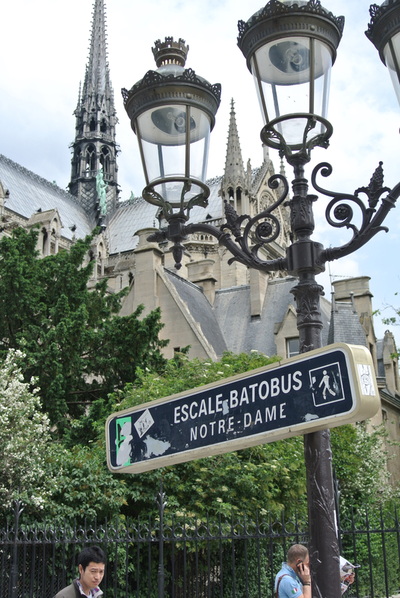

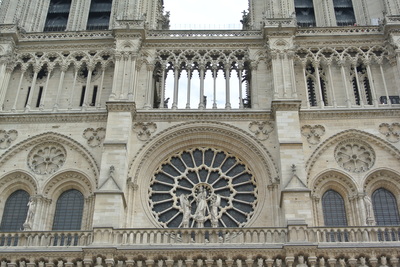


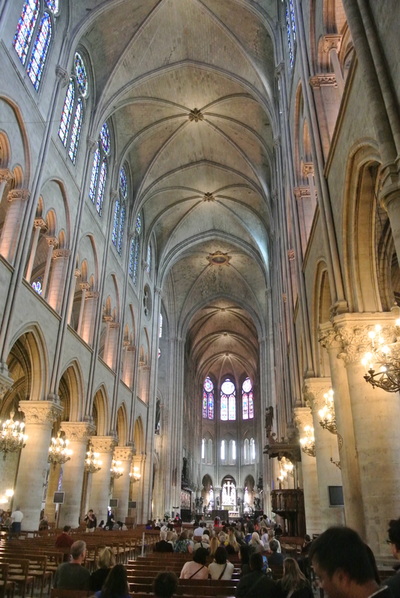

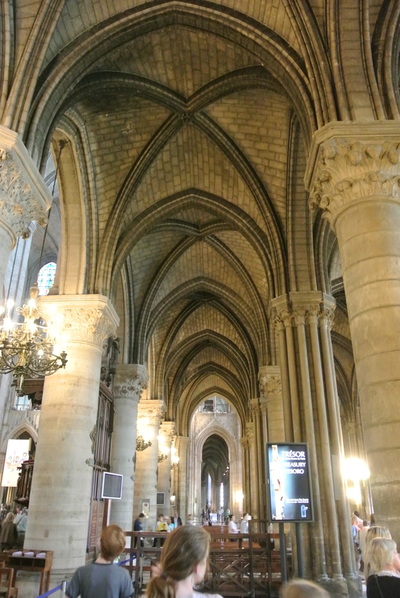

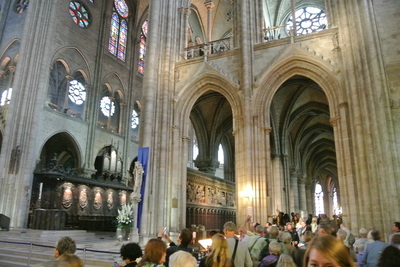

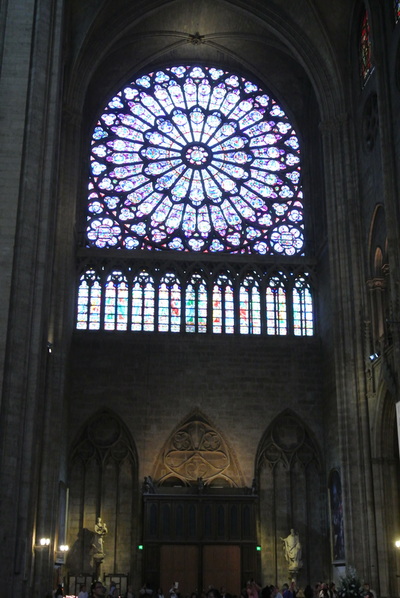
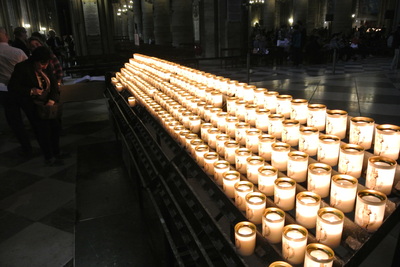
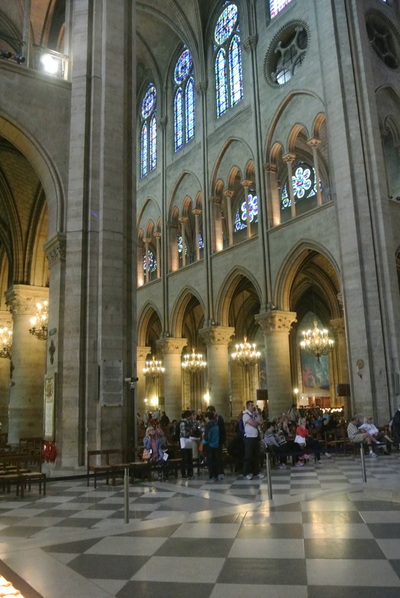
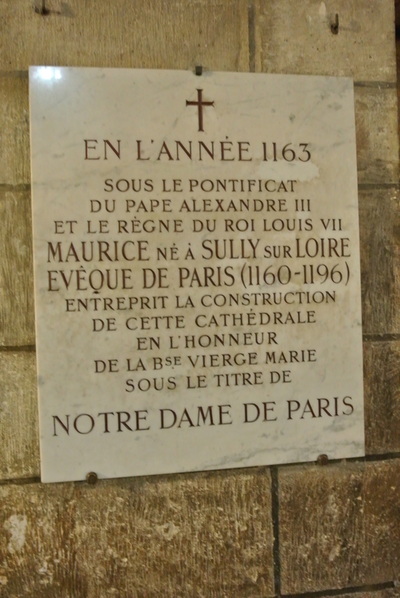
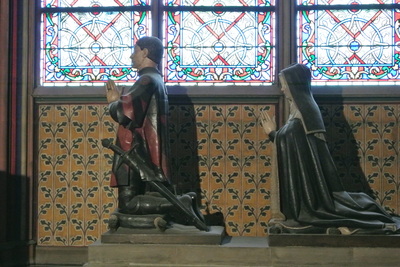

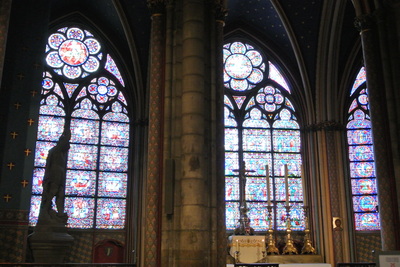
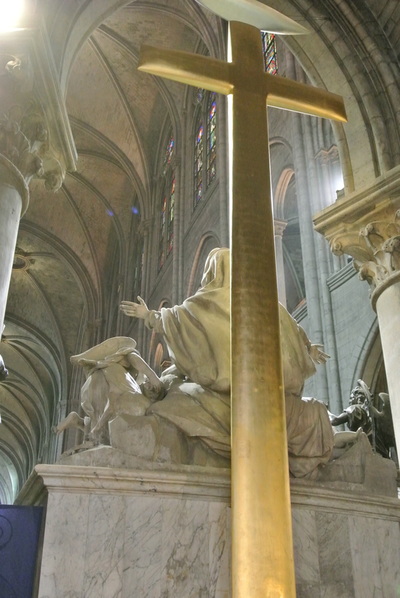
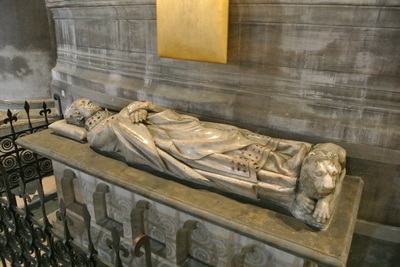
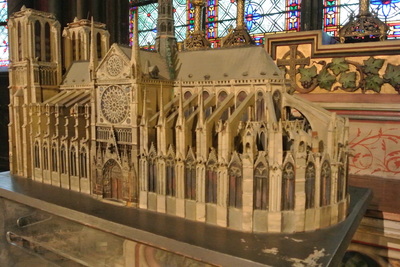

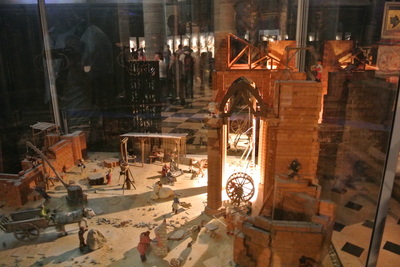

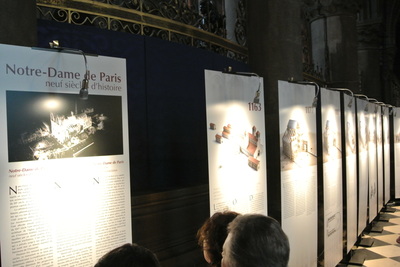




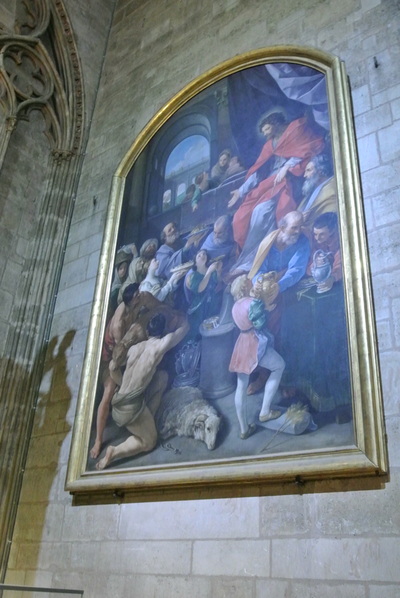
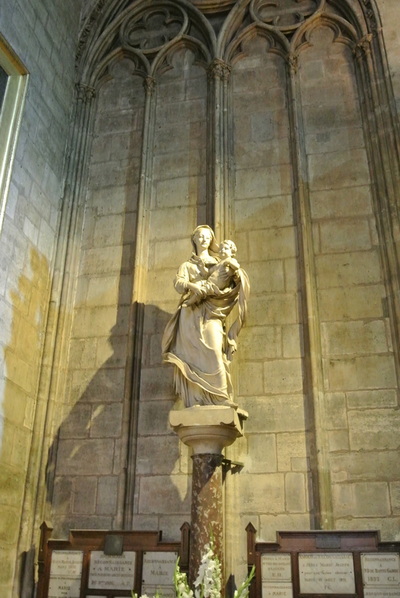

 RSS Feed
RSS Feed
